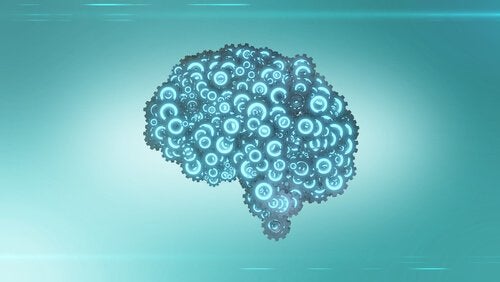Working memory is a memory-related cognitive component that allows temporary storage of information with limited capacity. We all use working memory in all kinds of daily activities and tasks. When we calculate the supermarket bill, when we take notes and create reminders, when we talk, we use our working memory, so the result of all these processes will depend directly on how they work.
Working memory, also known as working memory, is a type of short-term memory that supports temporary storage and information manipulation, it is a type of memory that keeps some information in our focus while performing complex cognitive tasks. metaphor, we could say that in our mental surgery room the working memory is both the stretcher that supports the patient and the surgeon who exploits it, the result, of course, will depend on how we manage to perform both processes simultaneously.
The main features of working memory are
Have you tried repeating the same phone number to dial it 10 seconds later and don’t remember?It is at this point that we realize the importance of working memory to our daily lives and the benefits we can achieve by exercising it and “keeping it in shape”.
For example, working memory is fundamental in decision-making and the proper functioning of executive functions, especially when there is a great need for attention and action planning, it is important to understand oral and written language because it allows us to keep each word active, recognize it, analyze it semantically, compare it with other words, and combine it with information stored in another type of memory or with information that we are receiving at that time through the Senses.
Working memory is the engine of cognition, as such, it is fundamental in cognitive tasks, such as those related to computing, purely logical reasoning and perceptual motor control, as well as being linked to very different learnings, such as learning to read and learning mathematics. A person with a brain injury associated with memory problems may not be able to define a word or decide whether two words have phonetic similarity.
Short-term memory maintains a limited amount of information for a short period of time. It is considered a “passive warehouse” with limited capacity and duration. Working memory, on the other hand, allows the realization of conscious cognitive processes that require attention. examination, manipulation, organization and long-term memory connections.
Despite this apparent conceptual difference, there is currently a discussion about whether working memory equals short-term memory. On the one hand, many researchers consider these two stores to be or form a single temporary storage system, allowing them to work with information to solve or perform complex cognitive tasks.
On the other hand, some authors consider the two systems to be different and perform different functions, for them short-term memory would only involve storage, while working memory would involve processing, i. e. storage and manipulation.
In an attempt to explain how the multi-component working memory model works, Baddeley and Hitch have introduced an innovative model that proposes splitting working memory into 4 subsystems or specialized components:
Working memory is not found in an exclusive part of the brain, but requires the activation of a specific neural circuit, it works by activating the prefrontal cortex, the area of the brain involved in the planning of complex behaviors, in decision-making processes and in the adaptation of social behavior. to various situations.
When active, its functioning lies in the interaction between the prefrontal cortex and different areas of the posterior cortex, temporal lobe and occipital.
Working memory is an active temporary memory, thanks to it and its skills we can follow, understand language, read, perform mathematical calculations, learn or reason, everything is fascinating, right?

